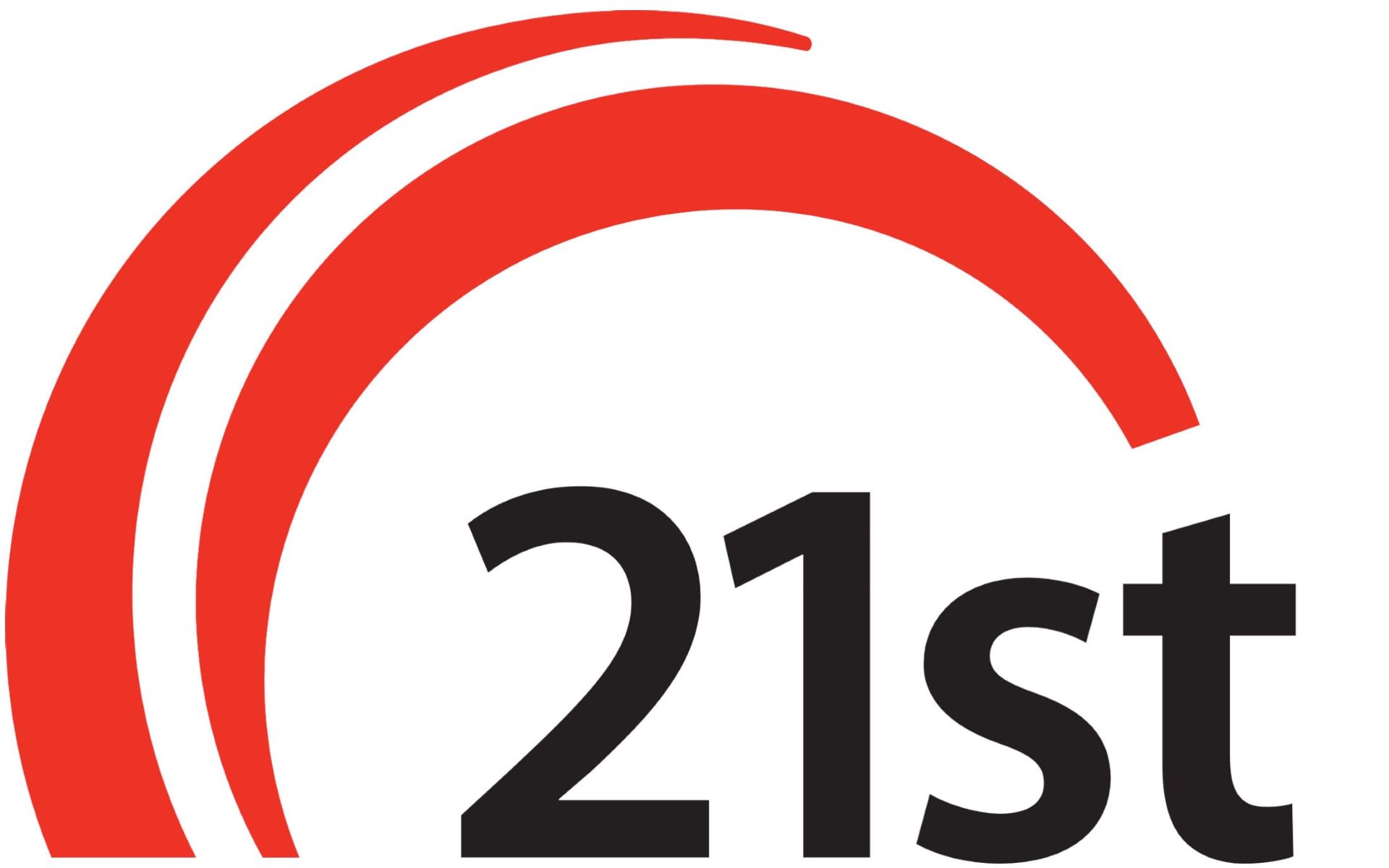Home>Finance>Authorized Share Capital: Definition, Example, And Types


Finance
Authorized Share Capital: Definition, Example, And Types
Published: October 10, 2023
Learn about authorized share capital in finance, including its definition, example, and types. Understanding this concept is crucial for businesses and investors.
(Many of the links in this article redirect to a specific reviewed product. Your purchase of these products through affiliate links helps to generate commission for LiveWell, at no extra cost. Learn more)
Authorized Share Capital: Definition, Example, and Types
When it comes to understanding the financial structure of a company, authorized share capital is an essential concept. Have you ever wondered what authorized share capital is and how it impacts the ownership and financing of a business? In this blog post, we dive deep into the world of authorized share capital, explaining its definition, providing an example, and exploring the different types companies can have. By the end of this article, you’ll have a clear understanding of this crucial financial term and its implications.
Key Takeaways:
- Authorized share capital represents the maximum value of shares a company is legally allowed to issue to its shareholders.
- It acts as a measure of the financial capacity and potential of a company.
What is Authorized Share Capital?
Authorized share capital, also known as authorized capital or registered capital, refers to the maximum value of shares that a company is legally permitted to issue to its shareholders. This amount is specified in the company’s Memorandum of Association and signifies the financial capacity and potential of the business.
In simpler terms, think of authorized share capital as the upper limit of shares a company can utilize to raise capital by issuing it to investors.
Example of Authorized Share Capital
Let’s say you are starting a new software development company called TechStart Ltd. To establish your business, you decide to issue 100,000 shares at a par value of $1 each. By registering an authorized share capital of $100,000, you are setting the upper limit of how much equity you can allocate to shareholders.
This means that even if your business grows and you have the potential to issue more shares, you cannot exceed the authorized share capital limit specified in your company’s documents unless you go through a formal process of increasing the authorized share capital.
Types of Authorized Share Capital
Companies can have different types of authorized share capital, which provide varying degrees of flexibility and shareholder protection. Here are three commonly used types:
- Ordinary Authorized Share Capital: This is the default type of authorized share capital and gives a company the power to issue ordinary shares. These shares carry voting rights and provide ownership and profit-sharing to the shareholders based on the proportion of shares they hold.
- Preference Authorized Share Capital: Companies with preference authorized share capital can issue preference shares to shareholders. These shares usually have fixed dividends and often provide priority over ordinary shares in terms of profit distribution and repayment of capital in case of liquidation.
- Deferred Authorized Share Capital: Deferred authorized share capital allows companies to create a specific class of shares where the rights to receive dividends or assets are deferred until other classes of shares are fully paid. This type of share capital is relatively rare but can be useful for certain financial structures.
Conclusion
In summary, authorized share capital represents the maximum value of shares a company can legally issue to its shareholders. It is a crucial element in determining the financial capacity and potential of a business. By understanding authorized share capital and its types, entrepreneurs and investors can gain valuable insights into the ownership and financing structures of companies. So next time you come across this term, you’ll have a clear understanding of its significance in the world of finance.














